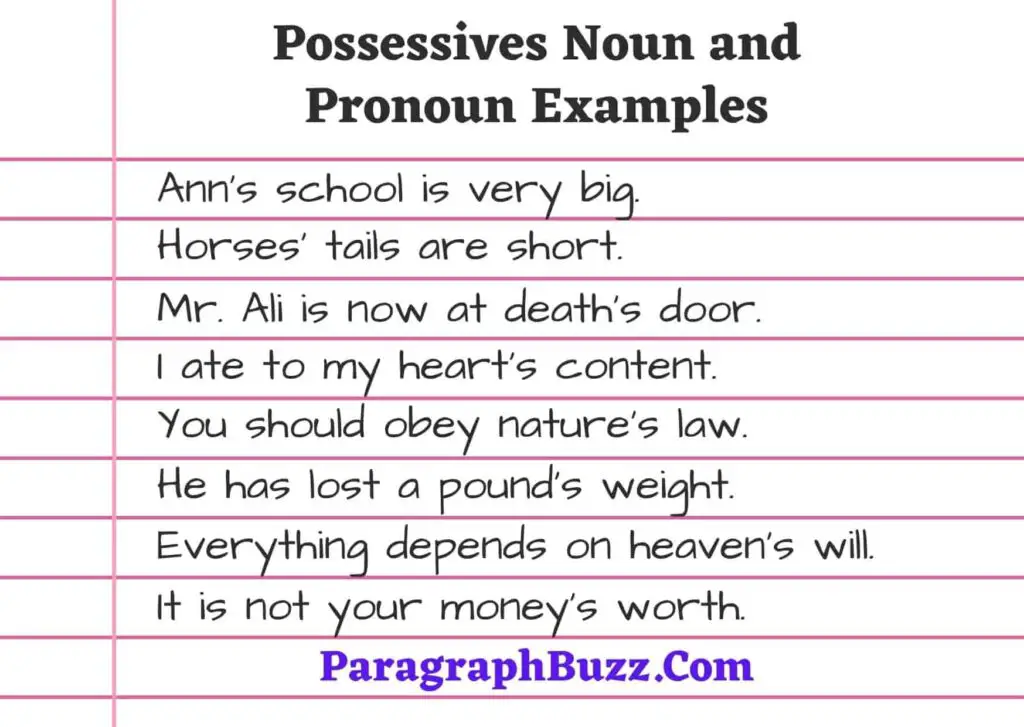

Next, a possessive is an adjective that describes when something is owned or possessed. For example, take a look at these tables: Singular And Plural Possessive Nouns Plurals are usually created by adding the letter ”s” to the end of a singular word, but some irregular plurals do not follow that rule. In order to understand what a plural possessive noun is, it’s first helpful to understand what each part of the term means on its own. The lakes’ water (the water belongs to the lakes).The dogs’ tails (the tails belong to the dogs).The Simpsons’ spaceship (the spaceship belongs to the Simpson family you make the family name plural to show that you’re referring to all of the family members).And that’s how you form a plural possessive. As you can see, the fact that the thieves (illegally) possess the jewels is shown simply by adding an apostrophe after the noun and after the letter “s.” They may not possess these valuables for long unless they’re clever and know how to escape the police, but they do for now. The main issue is the final letter, which is “s.” Houses, cats, clouds, essays, rainbows: these are all plural nouns. In this case, you also change the spelling but don’t worry about that now. Most of the time, a plural noun will be formed by adding “s” to it. In this example, we can see Tina and Maggie share the room equally.But with a phrase such as “the thieves’ jewels,” you have a plural noun: thieves. Example: Tina and Maggie’s room is a complete mess. If two or more people or things own something, you should only make the last word of the sequence a possessive noun. Examples: Is that Chris’s car? Is that Chris’ car?īoth possessive noun examples show that the car belongs to Chris. You can either add only an apostrophe or an apostrophe and s at the end of the word. Here, the possessive noun boys’ shows that the backpacks belong to them, and since it already ends in s (boys), there’s no need to add another one after the apostrophe.īoth forms are acceptable if the noun is singular and ends in s. If the noun is plural and ends in s, you shouldn’t add another s but only an apostrophe to make it possessive. Example: The elephant’s ears help the animals stay cool. They are formed by adding an apostrophe and s at the end of a singular noun. You can use the possessive form of nouns to express ownership or that something belongs to someone.


 0 kommentar(er)
0 kommentar(er)
